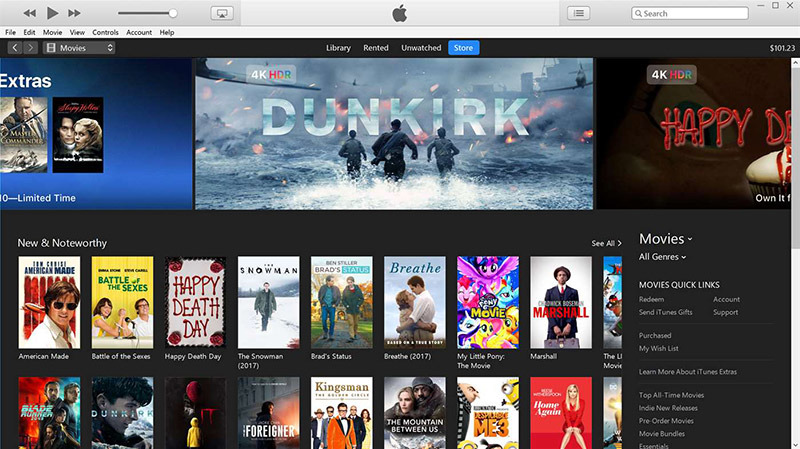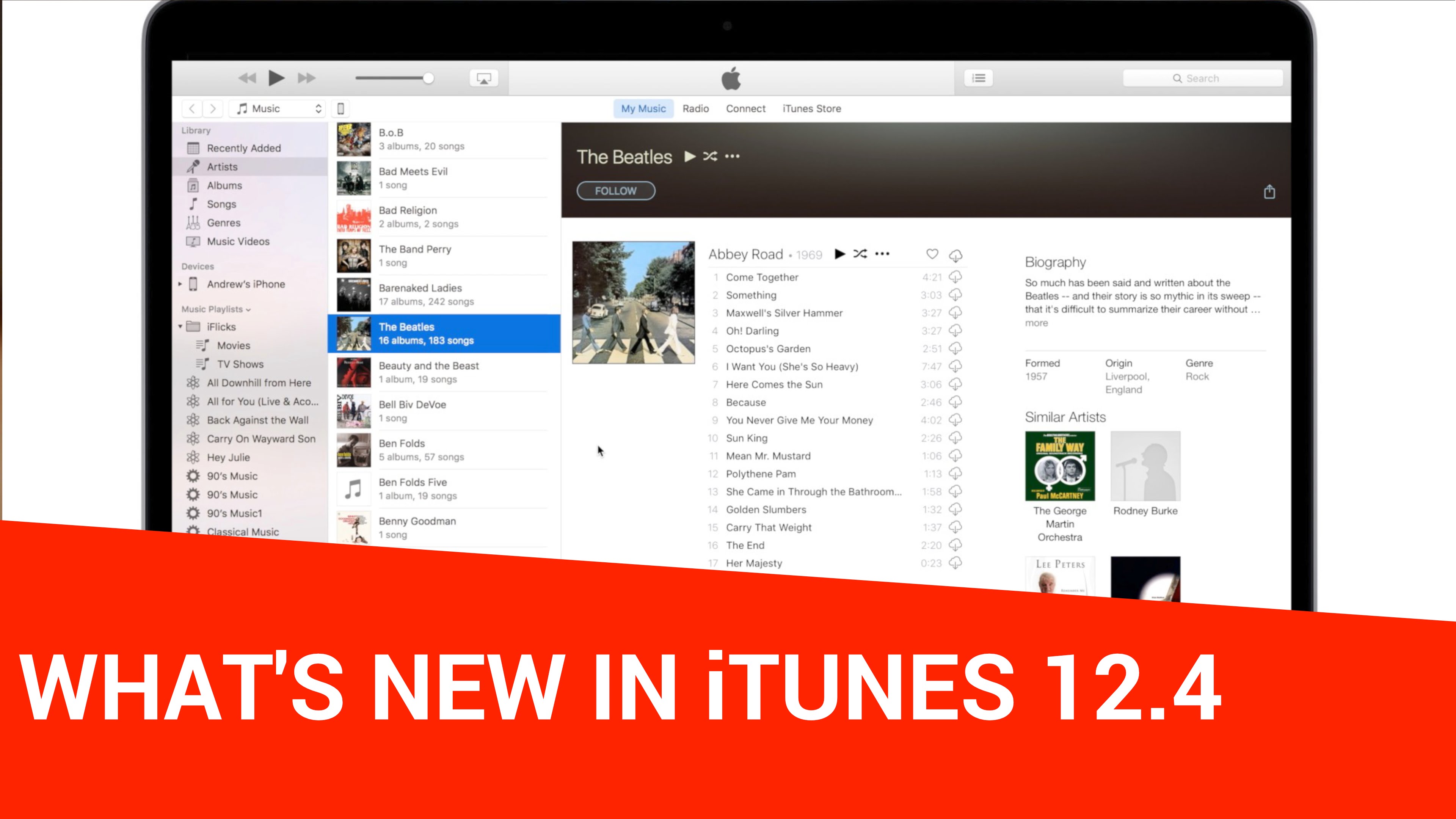
You can make it whatever you like but remember what you use because we’ll need it later for the iTunes installation. Your username, by default, will be the same as your default Chromebook login without the at the end. (Don’t worry, you can adjust the amount of allocated storage later if needed.) I have half a terabyte so I set mine to roughly 200GB. If you have a device with little storage, you’ll want to keep this amount just enough to install the Linux apps you’re using. Keep in mind, whatever amount of storage you give to Linux will be taken from the Chrome OS side. The first time you enable Linux on your Chromebook, you’ll be prompted to set a username and select the amount of storage you wish to allot for Linux. Click “Developers” and select the “turn on” button to install the Linux environment. Click the gear icon and in the settings menu, click advanced. To do so, simply head to the Chrome OS settings menu in the system tray. First, you’ll need to ensure that your Chromebook supports Linux apps. Obviously, Apple has its own iTunes apps for iOS and macOS but the company also offers a Windows version of iTunes and that’s the path we’ll take to get the application on our Chromebook. Well, where there’s a will, there’s a way and that way is via the Linux container on Chrome OS.

Wouldn’t it be nice if you could do so on your Chromebook? However, there are many that have an extensive iTunes library and still others use the storefront on a regular basis for purchases and media consumption. Many users have made the move to Apple Music and are content using the Play Store version or simply navigating to Apple Music on the web.

Unfortunately, Apple has yet to – and likely never will – release an Android version of iTunes.

You got a Chromebook but you are also an Apple user and you want to access your iTunes library on your shiny, new Chrome OS devices. Songs from the Apple Music catalogue cannot be burnt to a CD.Ah, the age-old question.

To play 720p HD video, an iTunes LP or iTunes Extras, a 2.0GHz Intel Core 2 Duo or faster processor, 1GB of RAM and an Intel GMA X3000, ATI Radeon X1300 or NVIDIA GeForce 6150 or better are required.To play standard definition video from the iTunes Store, an Intel Pentium D or faster processor, 512MB of RAM and a DirectX 9.0–compatible video card are required.PC with a 1GHz Intel or AMD processor with support for SSE2 and 512MB of RAM.


 0 kommentar(er)
0 kommentar(er)
